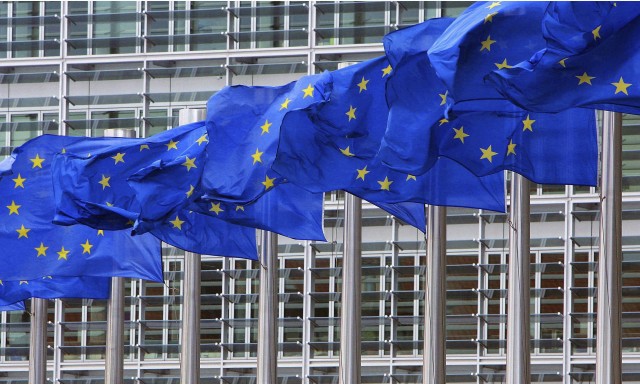A year ago last week the European Commission published a Communication on the licensing of standard essential patents (SEPs). It was an enlightened move to steer a fraught process that has been dogged by litigation, especially in the area of communications technologies.
Lawsuits over the licensing of SEPs for communications chips have by and large involved smart phones. But as growth of the Internet of Things (IoT) gathers pace the number of devices requiring the same communications chips will explode.
Some SEP holders view the IoT as a digital gold rush, and are trying to grab as big a share of the market as possible. There’s nothing wrong with that in itself. Except that in order to maximize their share of the estimated €110 billion in annual revenues generated from the IoT they are exaggerating their role in the innovation process, and at the same time playing down the importance of innovators further down the supply chain.
A year on from the publication of the Commission’s SEP Communication not much has changed in the market, or in the court rooms around the world, that still face a queue of disputes to deal with.
Upstream SEP Holders Still Retain Control, But for How Long?
While the topic is on the radar of other important jurisdictions such as the US and Japan, Europe has followed through on its pledge to set up a group of experts to help oversee the SEP licensing process and to put the thinking laid out in the Commission’s Communication into practice.
As representatives of app developers that need access to the standardized communications technologies we were apprehensive when we saw the list of 15 experts. On paper it looks skewed in favor of upstream SEP holders.
However, after the first meeting of the Expert Group two weeks ago expecting that this group will play a positive role in improving the SEP licensing landscape. Here’s why.
The EC Communication stated that “determining a FRAND value should require taking into account the present value added of the patented technology. That value should be irrespective of the market success of the product which is unrelated to the patented technology. “
Present value added means that SEP holders can’t charge licensees according to the market success of the product – a pricing model often termed use-based licensing. This was a key demand of some SEP holders ahead of the publication of the Commission Communication.
According to a note from the Commission after the first meeting of the SEP experts this language is still very prominent. Similarly, the Communication made clear that SEP licensors cannot discriminate against licensees by denying them a license, even if they are direct competitors. That view was reflected in the note from the Expert Group’s first meeting: “Rightholders cannot discriminate between implementers that are ‘similarly situated”.
It doesn’t mean we can rest easy. Elsewhere in the note the Commission points to “diverging views on royalty calculation and licensing conditions: e.g. where to license in the value chain.”
Some members of the Expert Group will certainly push for something approaching use-based licensing. But we will be watching like hawks to make sure that the advice coming from this influential group of SEP experts adheres to the balanced approach the Commission reached in its Communication.
And in the meantime we look forward shortly to announce the conclusion of the CEN CENELEC workshop we co-host with the Fair Standards Alliance, which has used the Commission’s Communication as a starting point to develop practical advice on how to improve the SEP licensing process, and how to ensure that SEP holders adhere to the Fair, Reasonable and Non-Discriminatory (FRAND) approach endorsed by most of industry and regulators alike.
